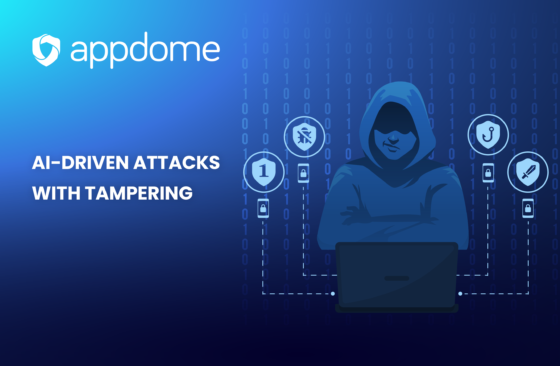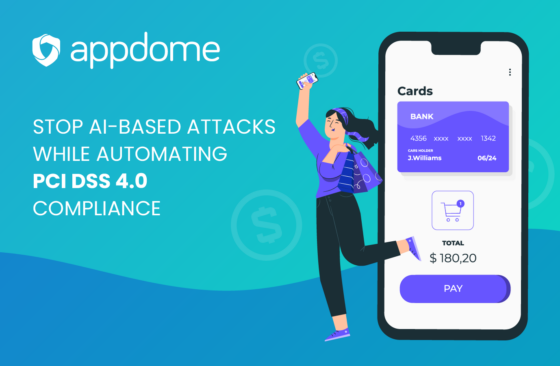Mobile data-at-rest encryption isn’t a new concept for CIOs or CISOs of financial institutions, or of any other enterprise for that matter. Cybercriminals have been targeting data-at-rest with specially developed malware, spyware and other methodologies.
However, considering the unprecedented number of mobile apps and devices being used to conduct financial transactions, work remotely, shop and perform key tasks, data-at-rest has never been more vulnerable.
Why Mobile Apps Are Particularly Vulnerable to Security Issues?
Traditional security solutions focus on securing desktops, infrastructure elements and data center assets. In the mobile world, the attack vectors are numerous and varied, as hackers seek to exploit vulnerabilities not just in the app itself, but also in the device’s OS and network connections.
Unfortunately, developers alone cannot secure mobile apps against all of these threats, as they lack control over the entire mobile experience.
For example, mobile app developers can’t address the following scenarios from within the app code itself:
- Risky Wi-Fi or Transport: Mobile device users demand constant connectivity. Users often connect to any free Wi-Fi they can find, leaving them exposed to attacks that can lead to serious data-at-rest breaches. And Man-in-the-middle attacks are a tried and true approach to stealing mobile data.
- Invincibility Syndrome: Everyone knows that anti-virus software is essential to desktop protection, but it seems like mobile device users have adopted an “it will never happen to me” mindset toward mobile malware. Users may ignore warnings and download files without care, putting data-at-rest at risk.
- 3rd Party Vulnerabilities: Your app will never be the only one your users have. Mobile devices are often packed with different apps and you have no control over how they were developed. Multiple 3rd party libraries and SDKs are used in pretty much every mobile app, and when you integrate these components, you inherit all the bugs and security vulnerabilities in that code – and guess what? You have no control over that source code, so even if you wanted to manually code security, you couldn’t do it.
- Physical Theft: With all the talk about cyber risk, it’s easy to forget that mobile devices are not that difficult to physically steal, with numbers in the range of millions of stolen or lost devices annually. If a device falls into the wrong hands, it’s quite easy to extract the data from any app on the phone. This is even easier considering that most mobile apps persist sessions over long periods of time, and/or count on users enabling OS-level local authentication to protect the device, instead of more secure and reliable in-app pincode/biometrics.
Encrypt Data At Rest to protect mobile users and mobile data
Developers often see mobile data-at-rest encryption as a ‘needs-based’ endeavor and may leave data-at-rest unencrypted if there are no specific industry or regulatory requirements. However, data-at-rest encryption doesn’t have to be the hassle that it’s often perceived to be; innovation in no code security and development enable developers or non-developers to implement data-at-rest encryption without all of the extra headaches.
Developers know they should focus on mobile data-at-rest encryption, and now there’s a solution that can simplify the process without sacrificing security, usability or release cycles. Check out Appdome’s TOTALData Encryption where you can secure and encrypt data all the states that data exists (at rest, in transit, and in-use/in memory).
Here’s a link to our e-guide: Developer’s Guide to Mobile App Security. Get the Guide!






